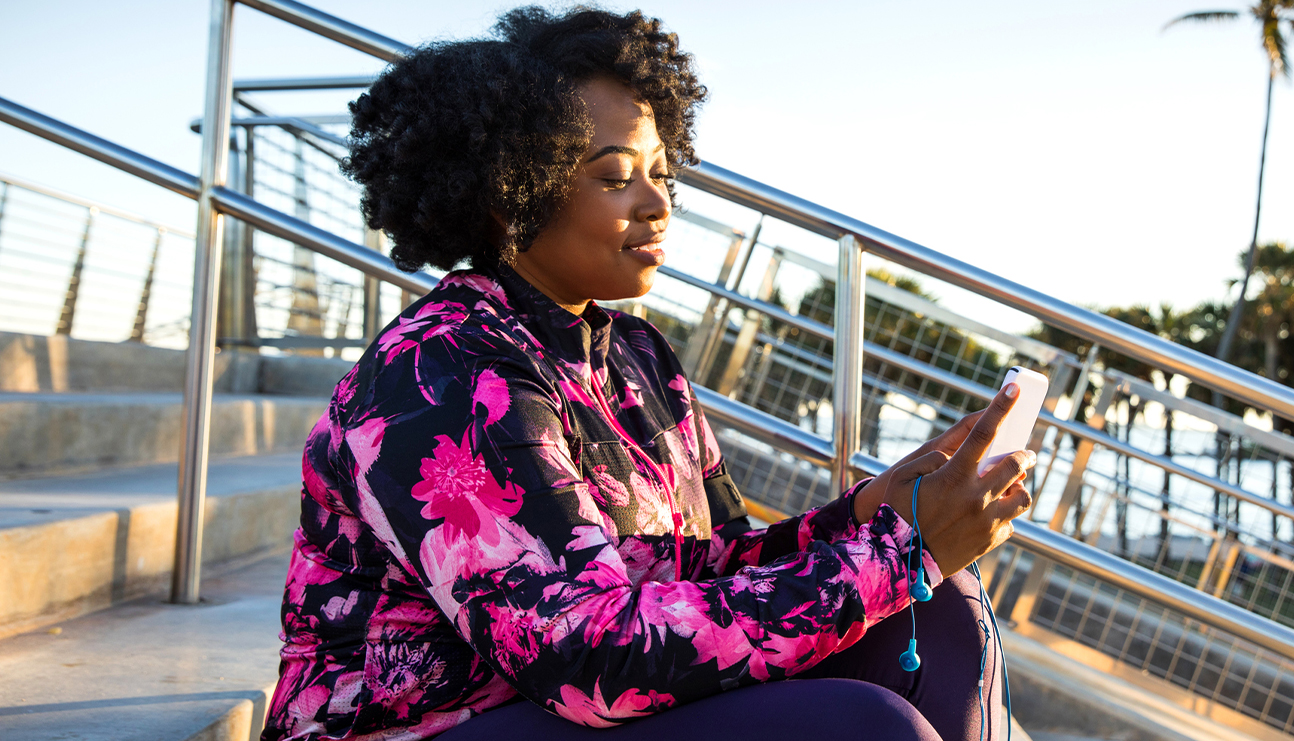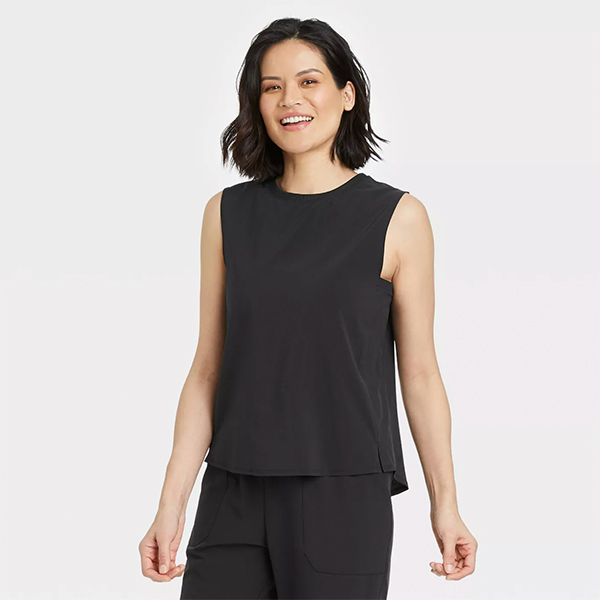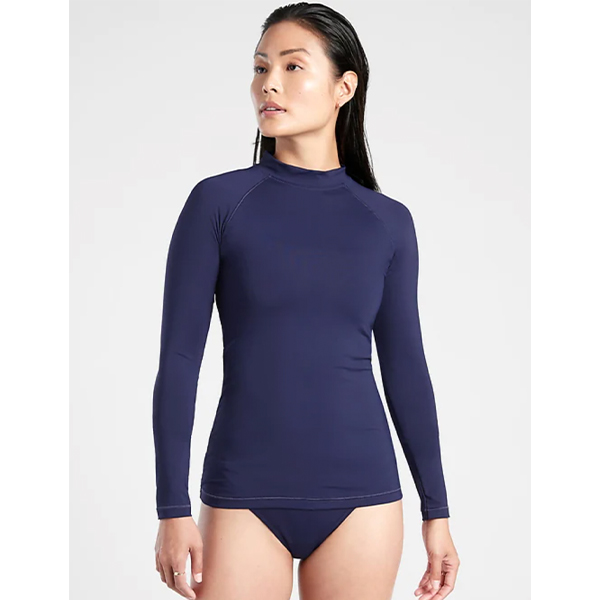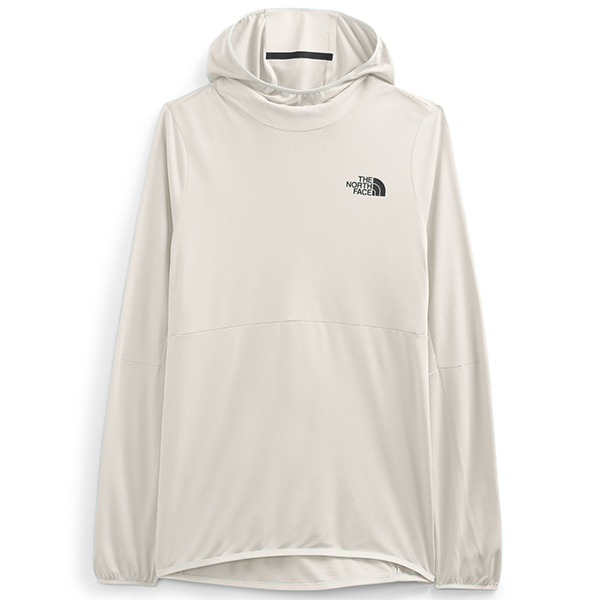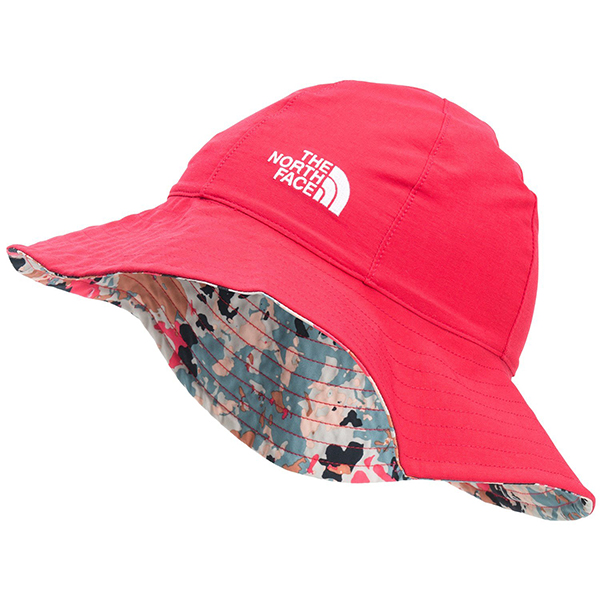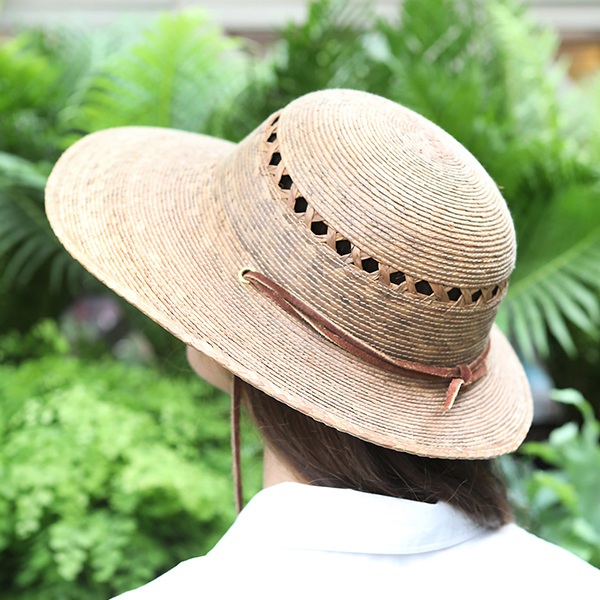What Is UPF Clothing? A Guide to Sun-Protective Clothes
Beth Ann Mayer
Sunny days call for more time outside barbecuing, swimming, and just enjoying the warmer weather. But painful sunburns aren’t in this year—or ever. Though slathering on sunscreen is a tried-and-true way to protect your skin, what you wear may make an even bigger difference, particularly if you’re rocking UPF clothing. But what is UPF clothing?
A pair of dermatologists gave us the 411 on how you can make a fashion statement while also shielding your skin from the sun.
What Is UPF Clothing? Is It Effective?
Figuring out what to wear to a summer party can feel like enough of a challenge without thinking about sun protection. But keeping it in mind can be a game-changer for your skin long-term.
“UPF clothing is clothing that is an extra barrier to protect against aging, sunburn, and skin cancer,” says Dr. Anna Chacon, a Florida-based board-certified dermatologist.
Not only does UPF clothing work, but experts also share that it may even be more effective than sunscreen.
“In general, I always recommend clothing for sun protection even over sunscreen because it doesn’t need to be applied, the level remains consistent throughout the day, and it protects from most of the UV rays,” Dr. Anne Marie McNeill, a dermatologist practicing in Newport Beach, Calif., and a spokesperson for The Skin Cancer Foundation.
But Dr. McNeill still recommends using sunscreen. When combined, UPF clothing and sunscreen provide your body’s most effective defense against sun damage.
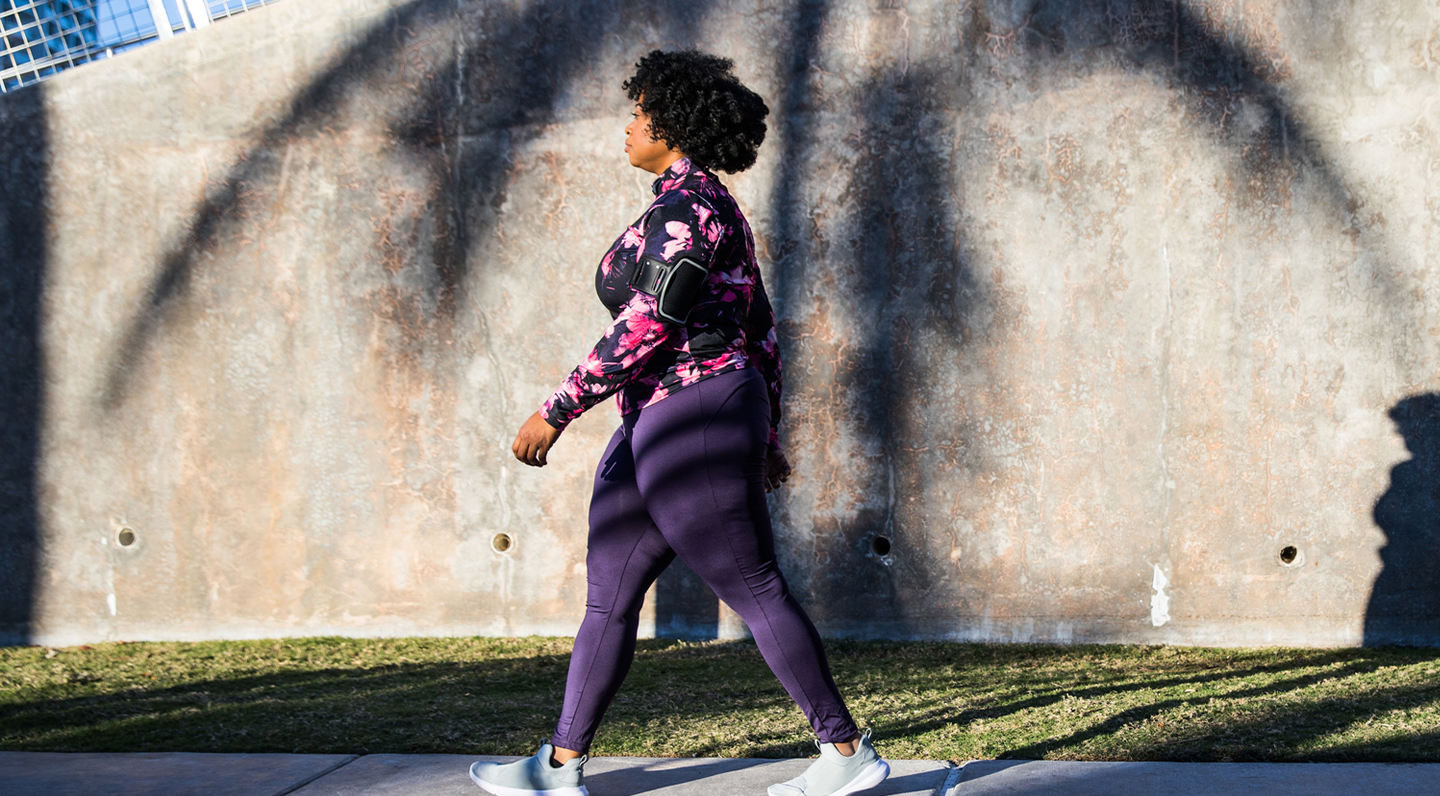
What Does UPF Mean? And How Does it Differ From SPF?
You’ve probably seen the words “SPF” on sunscreens. It stands for sun protective factor. UPF stands for ultraviolet protection factor, Dr. McNeill says.
UPF measures for both UVB rays and UVA rays. SPF only measures for UVB rays. What’s the difference?
- UVB rays are responsible for sunburns and play a significant role in skin cancer development.
- UVA rays penetrate the skin deeper and affect how fast the skin ages and cancer development.
You want to take both into account when taking a holistic approach to skincare and sun protection. UPF clothing helps you do that.
Tips for Choosing Sun-Protective Clothing
Any article of clothing will provide some barrier between your skin and the sun. But not all apparel is created equal. Some UPF clothing is treated with chemicals and dyes that can help prevent penetration, but Dr. Chacon says there are more natural solutions.
“It’s not necessary to get chemically-treated UPF clothing,” she says. She doesn’t seek it out herself. Here’s what she and Dr. McNeil do look for:
Color
“Dark and bright colors do a better job of absorbing the sun’s rays and add more protection than light clothes,” Dr. Chacon says.
A bright pink or orange-and-pink tunic may fit this bill, or opt for a black shirt and pants for a sleek summer nighttime look. A quick test can help you verify how effective your outfit will be against the sun.
“Hold it up to the light,” Dr. Chacon says. “If it can easily penetrate fabric, it’ll probably penetrate the skin.”
Fabric
You’ll also want to check the label for the fabric. Polyester, satin, denim, and silk do a good job of preventing UV rays from penetrating. And long sleeves and pants provide more coverage than short sleeves and shorts.
Comfort and Fit
Comfort is also key. And let’s face it, jeans and a sweater don’t exactly scream, “summer.”
“The most important thing is that it’s something you will want to keep on because if you take it off, you won’t have protection,” Dr. McNeill says. She suggests looking for loose-fitting clothing that doesn’t stick to your body on balmy days. She also opts for lighter, looser jeans. The good news? Flowy is better than form-fitting.
“Tighter clothes stretch more easily and lose protection more quickly,” Dr. Chacon says.
UPF Number
Some clothing will list the UPF number. Dr. McNeill recommends finding something with a UPF of at least 30 and says that UPF 50+ is best. But Dr. Chacon says it’s not necessary to get anything beyond UPF 50+.
“It’s hard to achieve a UPF higher than 50,” Dr. Chacon says.
How Long Does UPF Clothing Last?
After a while, wear and tear can reduce the level of protection a piece of clothing provides.
“If you use a material for a very long time, it is going to lose efficacy, stretch out, and let the sun’s rays in,” Dr. Chacon says.
But generally, UPF clothing can provide protection for about two years—much longer than a layer of sunscreen. If an item has been in the closet for a while, hold it up to the light to see if it penetrates to determine if it’s still providing adequate protection.
And, of course, even with UPF clothing, it’s still important to wear sunscreen on the parts of the body that are exposed and reapply it throughout the day.



